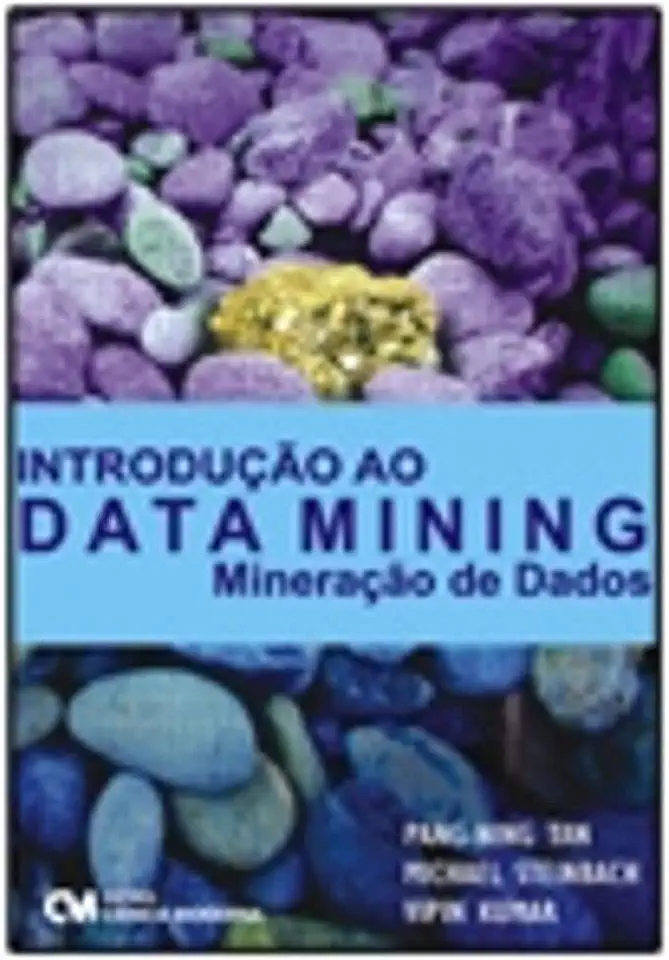
Introduction to Data Mining
Introduction to Data Mining: Unlocking the Power of Hidden Patterns
Discover the Secrets of Data Mining
In today's data-driven world, businesses and organizations are sitting on a goldmine of information. However, extracting valuable insights from this vast amount of data can be a daunting task. Enter data mining, a powerful technique that allows you to uncover hidden patterns and relationships within your data, empowering you to make informed decisions and gain a competitive edge.
What is Data Mining?
Data mining is the process of extracting meaningful information from large datasets. It involves a range of techniques, including machine learning, statistics, and database systems, to identify patterns and trends that may not be readily apparent. By leveraging data mining, you can uncover valuable insights that can transform your business operations, customer engagement, and overall decision-making process.
Why is Data Mining Important?
In the era of big data, data mining has become an essential tool for businesses of all sizes. Here are a few reasons why data mining is important:
Uncover Hidden Patterns: Data mining algorithms can identify patterns and relationships within your data that may not be visible to the naked eye. This can lead to new insights and discoveries that can drive innovation and growth.
Improve Decision-Making: By analyzing historical data and identifying trends, data mining can help you make more informed decisions. This can lead to improved operational efficiency, increased profitability, and enhanced customer satisfaction.
Enhance Customer Engagement: Data mining can help you understand your customers' preferences, behaviors, and needs. This information can be used to personalize marketing campaigns, improve customer service, and develop targeted products and services.
Gain a Competitive Advantage: Data mining can give you a leg up on the competition by providing insights into market trends, customer preferences, and industry dynamics. This knowledge can help you develop strategies that differentiate your business and drive growth.
What are the Applications of Data Mining?
Data mining has a wide range of applications across various industries and sectors. Here are a few examples:
Retail: Data mining can be used to analyze customer purchase patterns, identify trends, and optimize inventory management. This can lead to increased sales, reduced costs, and improved customer satisfaction.
Healthcare: Data mining can be used to analyze patient data, identify risk factors, and develop personalized treatment plans. This can lead to improved patient outcomes, reduced healthcare costs, and enhanced patient care.
Finance: Data mining can be used to detect fraud, assess credit risk, and develop investment strategies. This can lead to increased security, reduced risk, and improved financial performance.
Manufacturing: Data mining can be used to optimize production processes, identify quality issues, and predict equipment failures. This can lead to increased efficiency, reduced costs, and improved product quality.
Conclusion
Data mining is a powerful tool that can unlock the hidden potential of your data. By leveraging data mining techniques, you can gain valuable insights that can transform your business, improve decision-making, and gain a competitive advantage. Embrace the power of data mining and embark on a journey of discovery that will revolutionize your organization.
Enjoyed the summary? Discover all the details and take your reading to the next level — [click here to view the book on Amazon!]